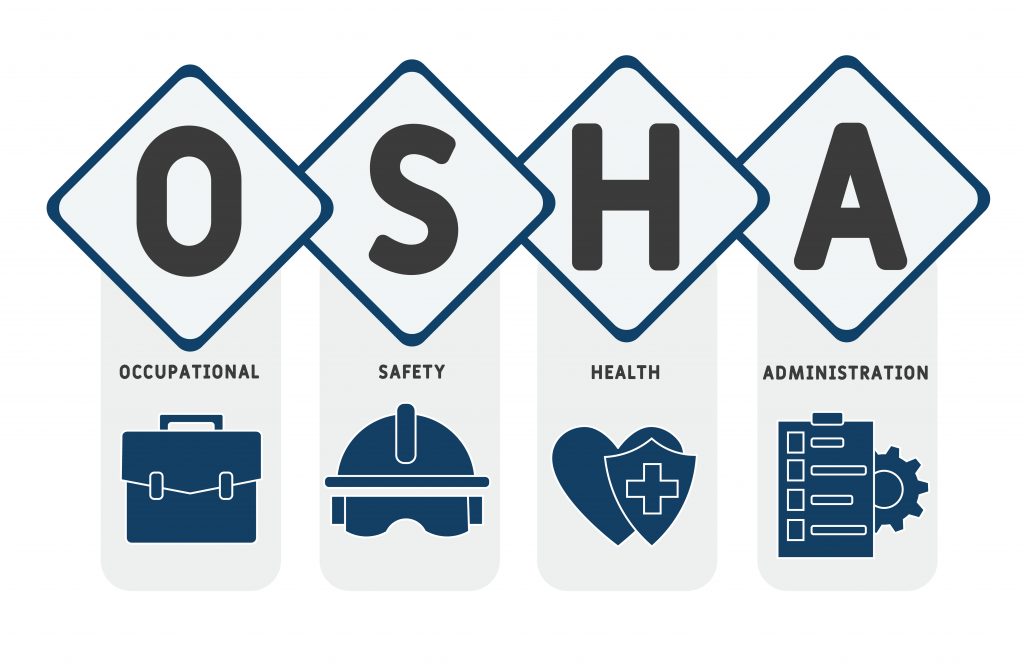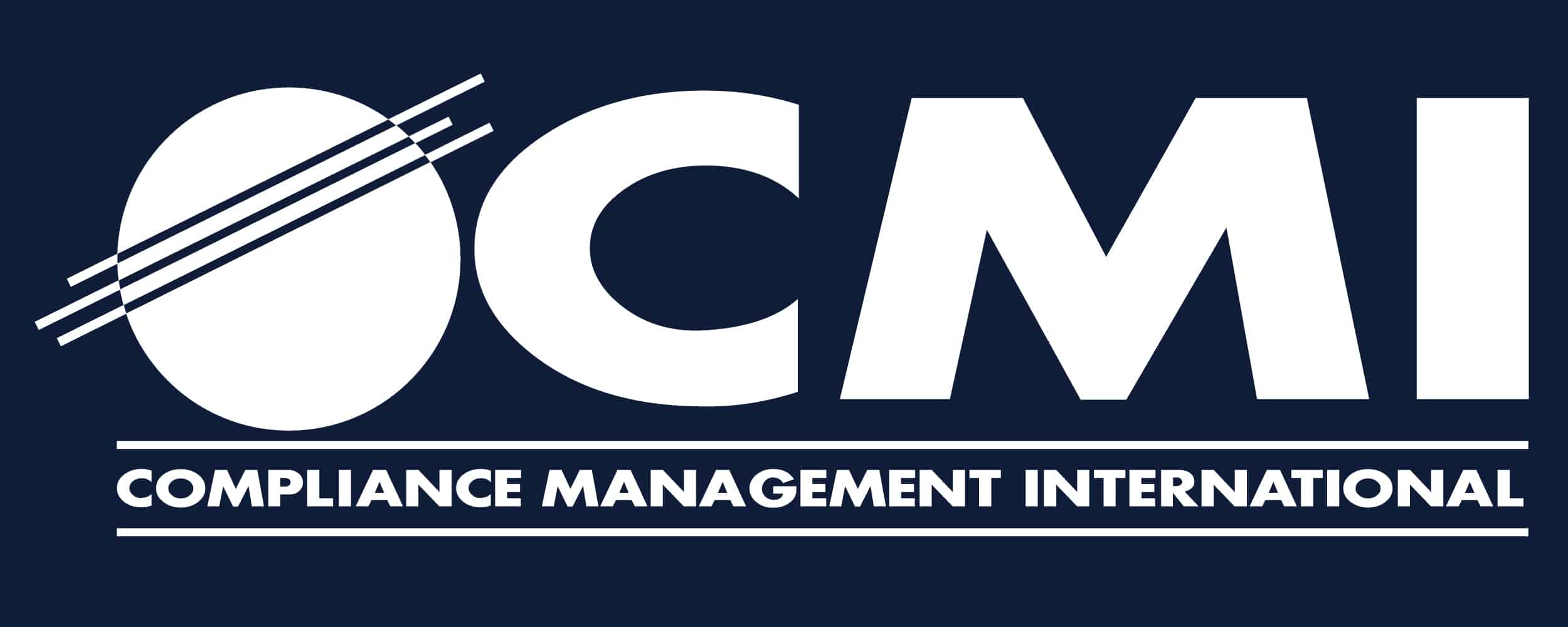
Each year OSHA shares its Top 10 Citations List which gives employers an insight into compliance issues noted across the country. Both General Industry (29CFR1910) and Construction (29CFR1926) regulations are listed on the Top 10. Year over year, the many of the same regulations make the Top 10 list which should be concerning to Health and Safety professionals and employers. The question is, how do we change this? First, let us look at the Top 10 List for Fiscal Year 2022 which ended September 30, 2023.
- Fall Protection – General Requirements (1926.501): 7,271 violations
- Hazard Communication (1910.1200): 3,213
- Ladders (1926.1053): 2,978
- Scaffolding (1926.451): 2,859
- Powered Industrial Trucks (1910.178): 2,561
- Lockout/Tagout (1910.147): 2,554
- Respiratory Protection (1910.134): 2,481
- Fall Protection – Training Requirements (1926.503): 2,112
- Personal Protective and Lifesaving Equipment – Eye and Face Protection (1926.102): 2,074
- Machine Guarding (1910.212): 1,644
Let’s take a closer look at the top 10 regulations that made the list this year.
#1 Fall Protection – General Requirements
For the 13th year in a row, Fall Protection retains its dominance on OSHA’s list. While this accounted for 5,260 violations in FY 2022, OSHA cited 7,271 of these violations in FY 2023. Fall Protection also had the most serious violations and most willful violations during this period. OSHA has several standards to address fall protection hazards. This includes requirements for managing holes, installing guardrails and toe-boards, and using harnesses, safety nets or railings where fall hazards are present.
#2 Hazard Communication
With a year-over-year increase of 789 violations, Hazard Communication holds onto the second position among the most frequently cited violations. In FY 2023, 3,213 violations were cited, meaning these citations came up in roughly 10 percent of all OSHA inspections. The Hazard Communication standard is applicable to most workplaces due to its requirements for establishing a written program to manage chemical hazards, requirements for proper labeling practices, worker training and the management of Safety Data Sheets (SDS).
#3 Ladders
Taking a step up from its FY 2022 placement on OSHA’s list is Ladders. In this year’s list, Ladders accounted for 2,978 violations, more than 800 more than last year’s 2,143 violations. The OSHA standard for ladders, 1926.1053, specifies protocols to ensure safety, including guidelines for various types of ladders, use, maintenance, inspection and proper ascending and descending techniques.
#4 Scaffolding
Scaffolding is at number 4 on OSHA’s list. Unfortunately, the number of violations increased significantly from 2,058 to 2,859 violations in FY 2023. This OSHA standard, 29 CFR 1926.451, mandates every scaffold and its components must bear its own weight and at least four times the maximum intended load. The platform should be a minimum of 18 inches wide and equipped with a guardrail or a personal fall arrest system.
#5 Powered Industrial Trucks
Rising from 1,749 violations in FY 2022 to 2,561 violations in FY 2023, Powered Industrial Trucks remains at number 5. It is one of the few categories included in OSHA’s list not to heavily factor into the construction industry. OSHA Standard 1910.178 addresses safety requirements tied to “fork trucks, tractors, platform lift trucks, motorized hand trucks and other specialized industrial trucks powered by electric motors or internal combustion engines,” though not other industrial trucks or farm vehicles.
#6 Lockout/Tagout
Lockout/Tagout (LOTO) remains in sixth place on OSHA’s list, though this category rose nearly 600 from 1,977 violations in FY 2022 to 2,554 violations in FY 2023. It also had the second most willful violations on this list. OSHA’s standard 1910.147 outlines the protocols for controlling hazardous energy, including implementing an energy control program. This process prevents accidental activation of a machine during maintenance that can result in severe injuries or even fatalities.
#7 Respiratory Protection
Dropping from number 3 in FY 2022, Respiratory Protection slips down to number 7 with 2,481 violations. However, it was cited more in FY 2023 than the previous year, when it had 2,185 violations. OSHA dictates several requirements to ensure respiratory protection is managed properly. This includes assessing employee exposure risks, selecting the appropriate respiratory protection for workers, facilitating a medical evaluation and fit test, providing training on the proper use, wear, and care, and reviewing the program annually.
#8 Fall Protection – Training Requirements
Fall Protection holds its place on OSHA’s list for another year. In FY 2023, the agency cited 2,112 violations, a rise from the previous year’s 1,556 violations. Educating workers on fall protection is key to decreasing the incidence of workplace deaths resulting from falls. OSHA’s standard on fall protection, 1926.503, mandates that employers implement a training program that includes guidance and strategies to govern these systems.
#9 Personal Protective and Lifesaving Equipment – Eye and Face Protection
Although still at number 9 on the OSHA list, the number of violations for Eye and Face Protection increased significantly. In FY 2023, the agency cited 2,074 violations, nearly 700 more than last year. OSHA Standard 1926.102 mandates employers to provide suitable eye and face protection for workers exposed to hazards such as “flying particles, molten metal, liquid chemicals, acids or caustic liquids, chemical gases or vapors or potentially injurious light radiation.” For employees wearing prescription lenses, employers must ensure that eye protection accommodates these prescriptions or must comfortably fit over prescription glasses. Research has shown comfort, fit and ease of cleaning are paramount in boosting compliance.
#10 Machine Guarding
As was the case in 2022, Machine Guarding fills in the last spot on the OSHA top 10. This year’s figures saw the number of violations increase from 1,370 to 1,644 in FY 2023. OSHA defines machine guards as “barriers which prevent access to danger areas.” Naturally, this critical safety equipment intends to shield employees from dangers posed by machinery. However, the absence or misuse of these tools can result in OSHA violations. The OSHA standard 1910.212 outlines the requirements for machinery and machine guarding, including those that commonly require guards. Employees working with or near such machinery can encounter an array of hazards, including those associated with “rotating parts” and “sparks.”
CMI has a team of professionals ready to address these and other programs at your business. We specialize in OSHA compliance audits, program development and training to help businesses achieve and maintain compliance. Our team can investigate your current safety program and determine if you have gaps that are on this list and the regulations not listed.
Written by: Erin Rymsa
